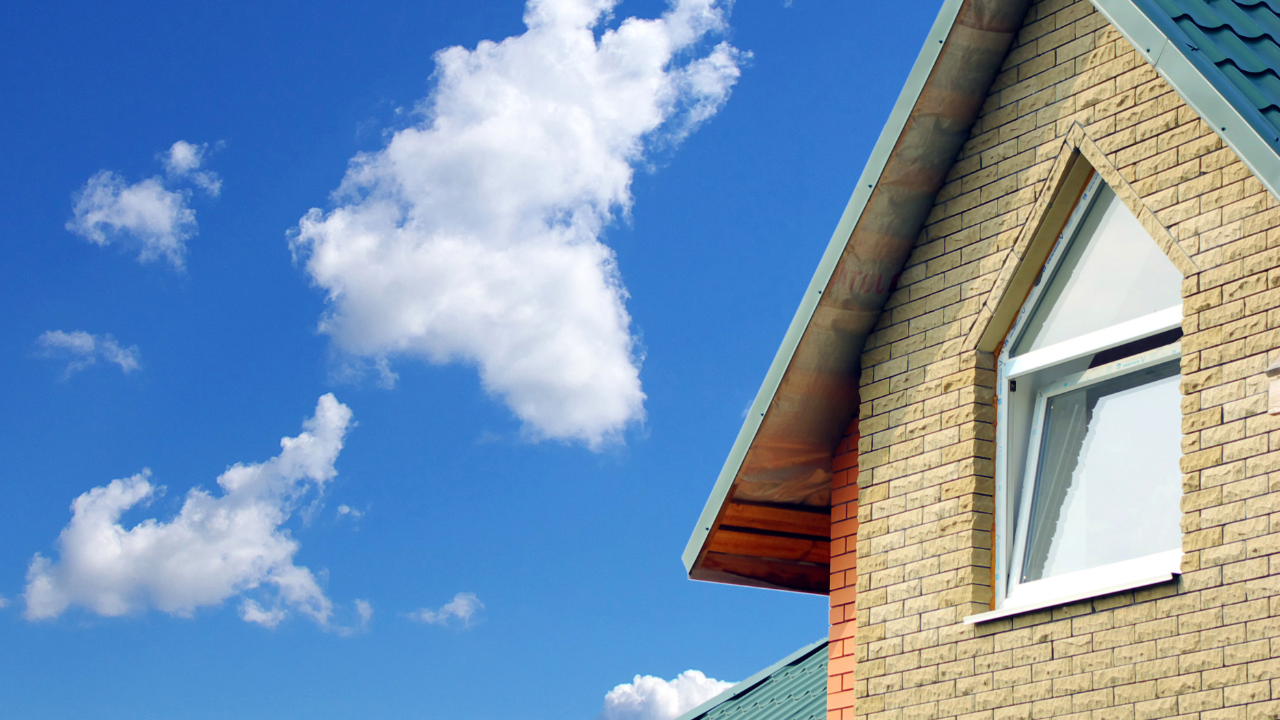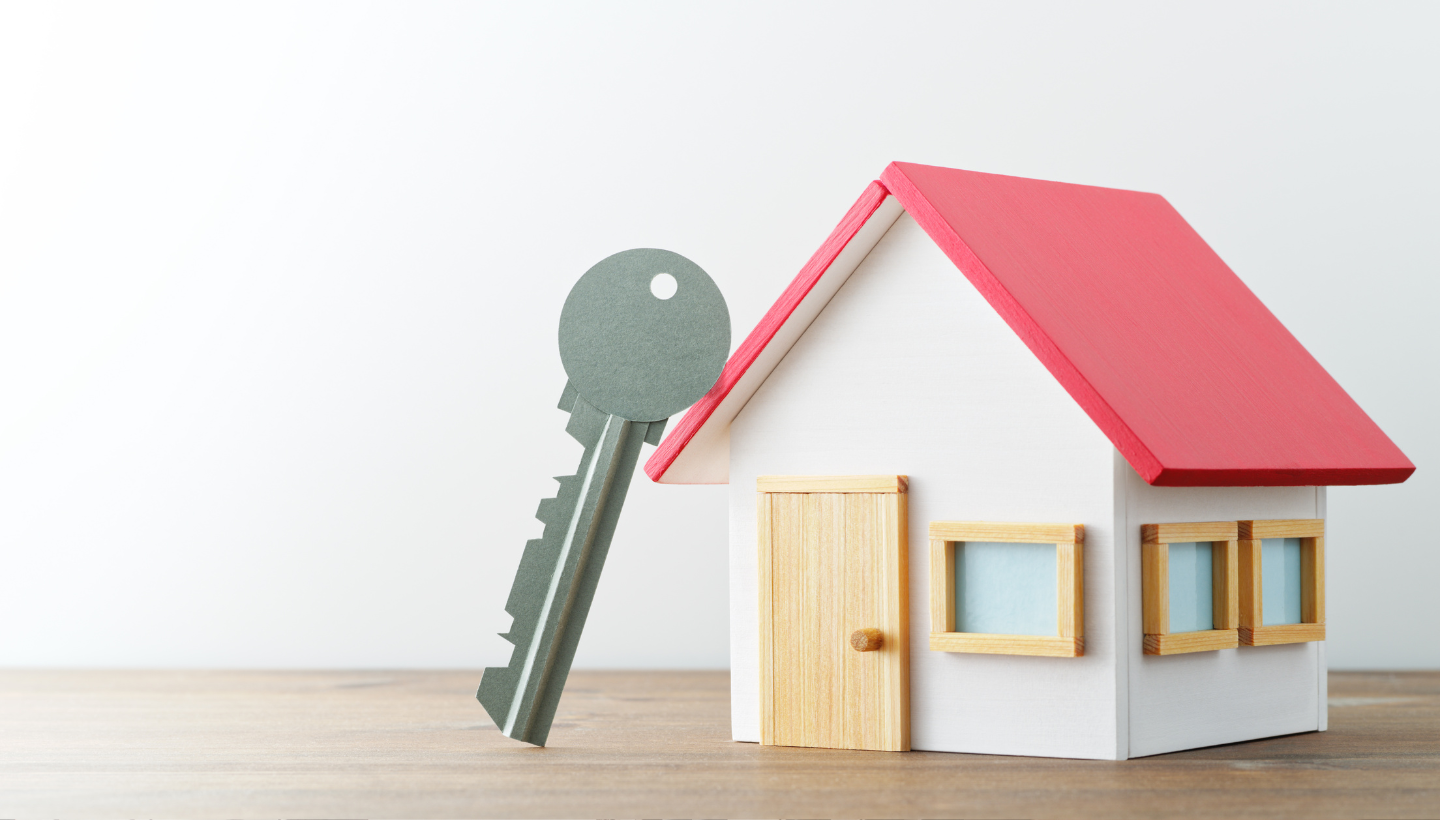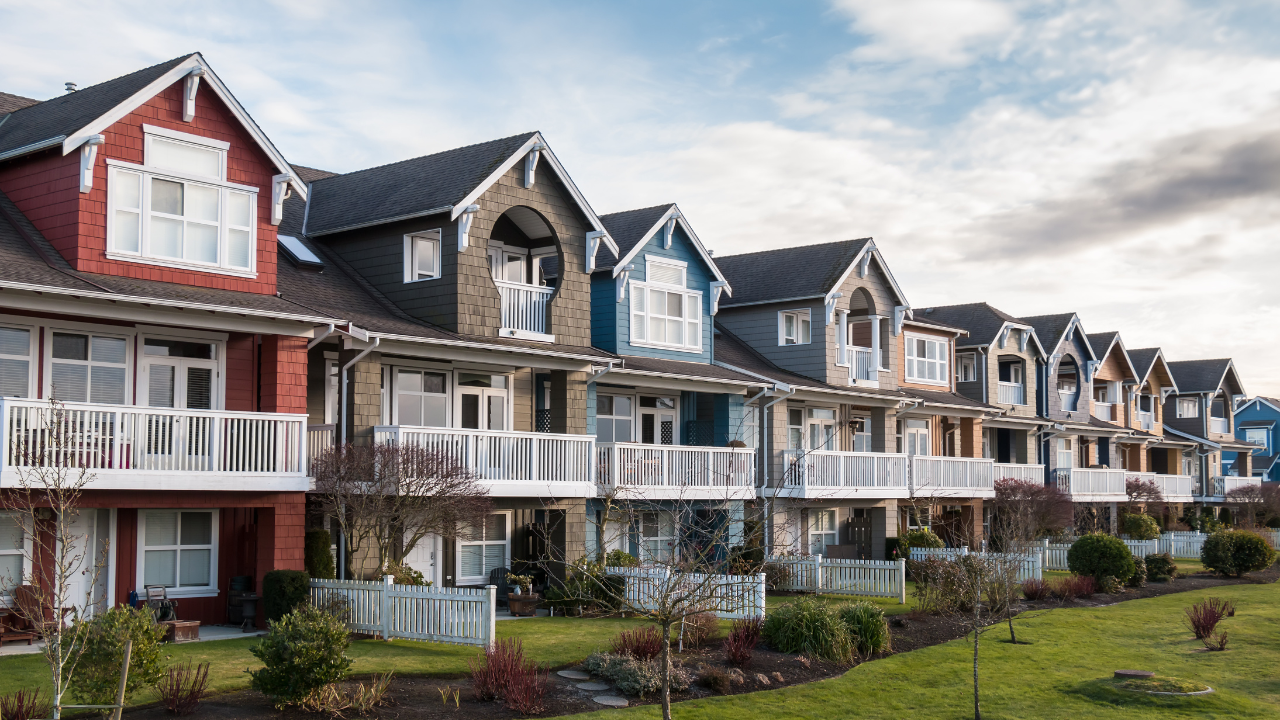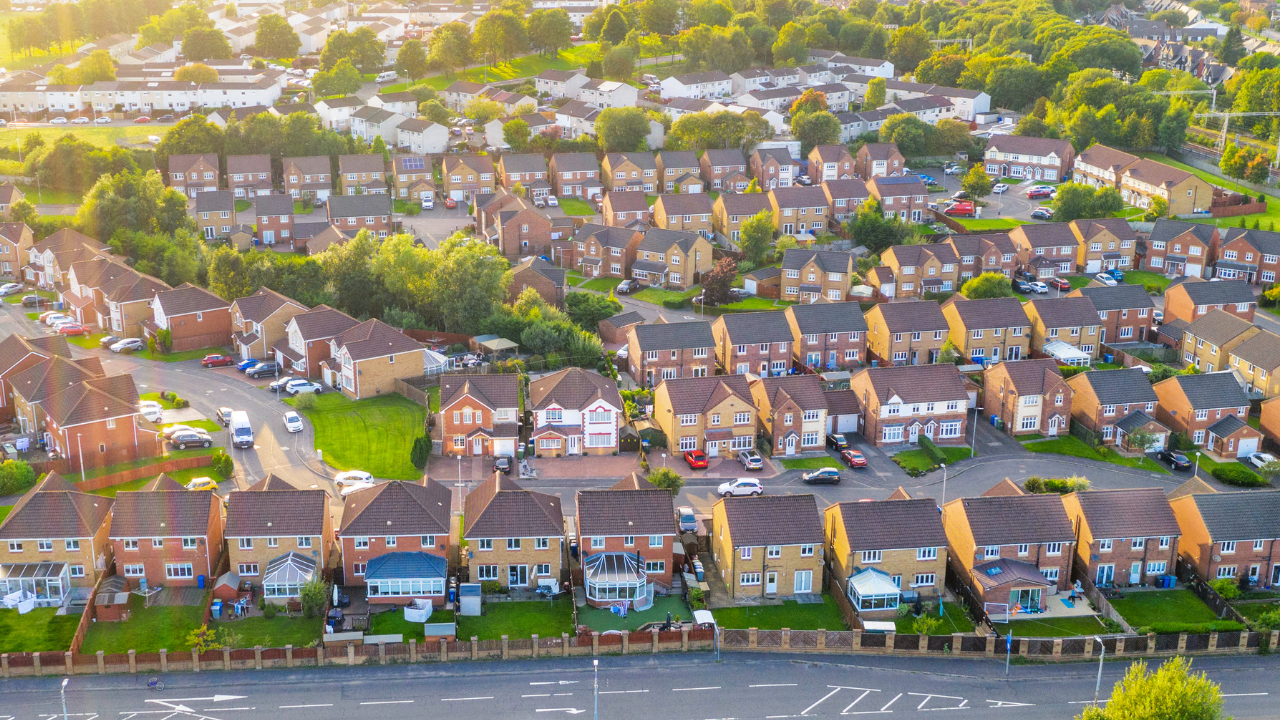Securing a home has become harder due to rising prices and reduced borrowing capacities. Many people are now looking for more affordable properties.
The PropTrack Housing Affordability Report shows that housing affordability is at its lowest in 30 years. The pandemic caused home prices to soar, and rapid interest rate hikes since mid-2022 have worsened the situation.
Compared to 2020-2021, when interest rates were very low, people can now borrow approximately 34% less, reducing their ability to buy homes. With home prices continuing to rise for 17 consecutive months, buyers face higher monthly payments and need to save longer.


Since May 2022, the Reserve Bank of Australia (RBA) has raised the cash rate from 0.1% to 4.35%, resulting in significant changes in the housing market.
Cheaper properties have experienced larger value increases compared to more expensive ones. Homes in the 25th percentile (cheaper than 75% of other homes) saw their values rise by 13%, whereas homes in the 75th percentile (cheaper than only 25% of the market) increased by just 3%. Additionally, cheaper homes have grown more than twice as much as median-valued homes.
Regions with the largest home price growth tend to be cheaper, but this isn’t true for every city. In smaller capitals like Perth, Adelaide, and Brisbane, buyers favored more affordable homes, driving up prices in areas with lower median values. For instance, Mandurah, Adelaide – North, and Ipswich saw the highest price increases within their cities.
However, in the largest cities, the trend varies. In Sydney, price growth was consistent across all regions, indicating uniform demand. In Melbourne, more expensive regions saw greater price increases, suggesting a preference for premium properties.
Overall, while there’s a general trend towards affordable regions, larger cities exhibit different patterns.
Suburbs with rising demand tend to have lower median home values compared to their region. Demand is measured by a decrease in the median days a property stays on the market before being sold. In the top three suburbs with the largest declines in days on market over the past two years, 60% have median home values below their regional median, and another 27% are within $200,000 of it.
Buyers are likely to keep seeking cheaper properties as high interest rates, rising home prices, and a shortage of new homes make the market more challenging. With the cash rate at its highest in 12 years, repayments are higher, and borrowing capacities are reduced. If these trends continue, housing affordability may worsen, pushing more buyers towards less expensive areas. While future interest rate cuts could improve buyer confidence and borrowing power, they might also increase demand across all price points, potentially driving prices up further. As rate cuts are not expected until late 2025, challenging conditions for buyers may persist.
Disclaimer: The information provided in this article is general in nature and does not constitute financial advice. Readers are encouraged to consult with a financial advisor to understand how these trends may affect their personal circumstances.











